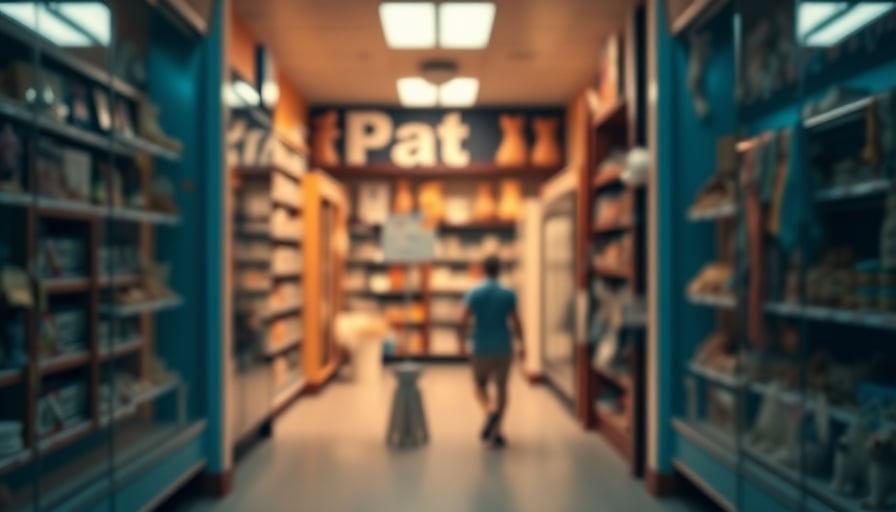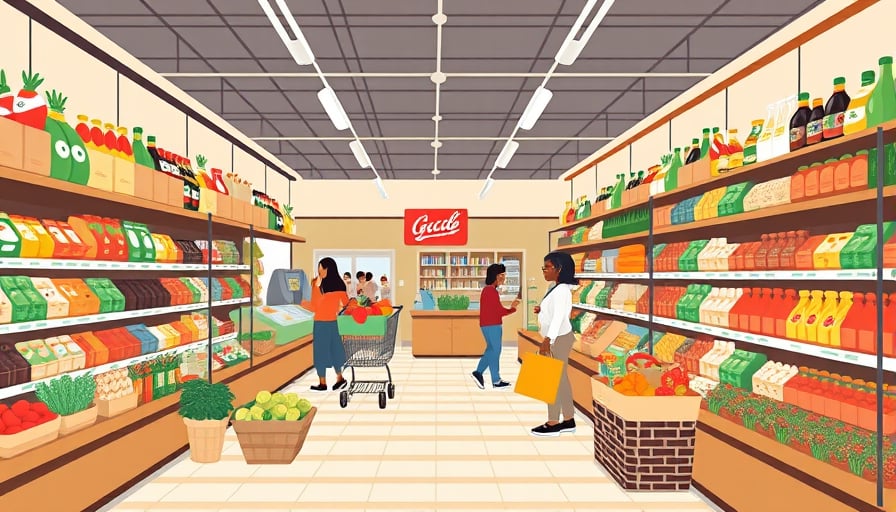Pets at Home Group Plc: A Cost‑Cutting Gamble Amid Shrinking Profits
Pets at Home Group Plc, the UK’s leading specialty pet retailer, has announced a £20 million cost‑cutting programme, a move that underscores the mounting pressure on its business model. The announcement comes on the back of a stark 33.5 % decline in half‑year operating profit, a decline that has been driven by subdued demand for its products and services. The group’s underlying profit before tax fell from £54.5 million last year to £36.2 million for the 28‑week period ending 9 October, according to a Reuters report dated 26 November 2025.
The Profit Slump
The company’s quarterly performance reflects a broader trend of weak consumer spending in the pet‑care sector. While Pets at Home’s retail footprint—spanning over 250 outlets across the United Kingdom—remains extensive, the revenue mix is increasingly dominated by high‑margin grooming and veterinary services, which have not compensated for the flattening demand in product sales. The 33.5 % drop in half‑year profit is the sharpest decline the firm has faced since its listing on the London Stock Exchange, where the share price closed at £207.2 on 24 November 2025, well below the 52‑week low of £175.5 recorded on 17 September 2025.
The company’s price‑earnings ratio of 10.81 suggests that investors are still valuing the stock on the basis of future growth prospects, yet the current trajectory raises doubts about the sustainability of those expectations. The £20 million cost‑cutting drive announced on 26 November is aimed at tightening operating expenses across all segments, from inventory management to staffing and logistics. However, such measures often produce short‑term relief at the expense of long‑term investment, and the effectiveness of this strategy remains untested.
Market Reaction and Broader Context
The announcement has been met with skepticism in the market. London stocks were set to open higher ahead of the Budget announcement on 26 November, buoyed by expectations of fiscal tightening by Chancellor Rachel Reeves. Yet, the Pets at Home story stands in stark contrast to the optimistic tone surrounding the broader market. While investors anticipate a 30 bn pound squeeze from the new tax regime, Pets at Home’s results expose a vulnerability that many analysts have warned about—an overreliance on discretionary spending that is now under pressure from an uncertain economic outlook.
Notably, Intertek’s acquisition of a US testing services firm was reported in the same news cycle, highlighting a broader trend of consolidation and cost optimisation within the retail and services sectors. Pets at Home’s decision to slash costs is in line with this trend, but it also signals that the company’s current profit margins are thin enough to require immediate intervention.
What the Future Holds
The company’s fundamentals present a mixed picture. With a current share price of £207.2 and a 52‑week high of £276.6, there remains a substantial upside if the retailer can reverse its profit decline. However, the underlying issue remains: the pet‑care market’s demand is showing signs of fatigue, and the company’s ability to generate sustainable earnings hinges on its capacity to innovate and capture value in a competitive environment.
The £20 million cost‑cutting initiative is a blunt instrument that will likely deliver incremental savings, but without a clear strategy to boost sales—whether through digital expansion, enhanced customer experience, or differentiated product offerings—Pets at Home may find itself trapped in a cycle of cost cutting and declining revenue.
In summary, Pets at Home Group Plc is at a crossroads. The immediate cost‑cutting measures address the short‑term squeeze on profits, yet they do little to alter the fundamental challenge: a pet‑care market that is becoming increasingly price‑sensitive and less willing to spend on discretionary items. Investors and stakeholders should scrutinise whether the company can transform this cost‑cutting episode into a catalyst for sustainable growth, or whether it merely postpones the inevitable decline that has already begun to surface in its financials.




